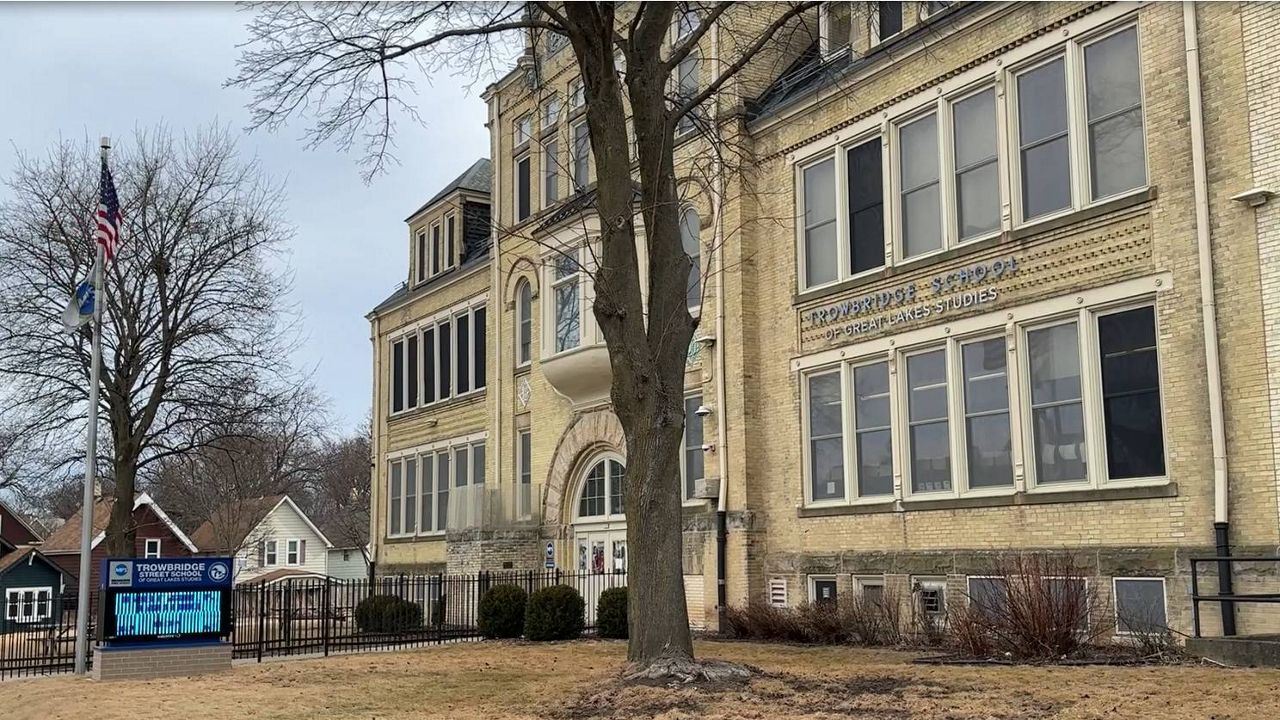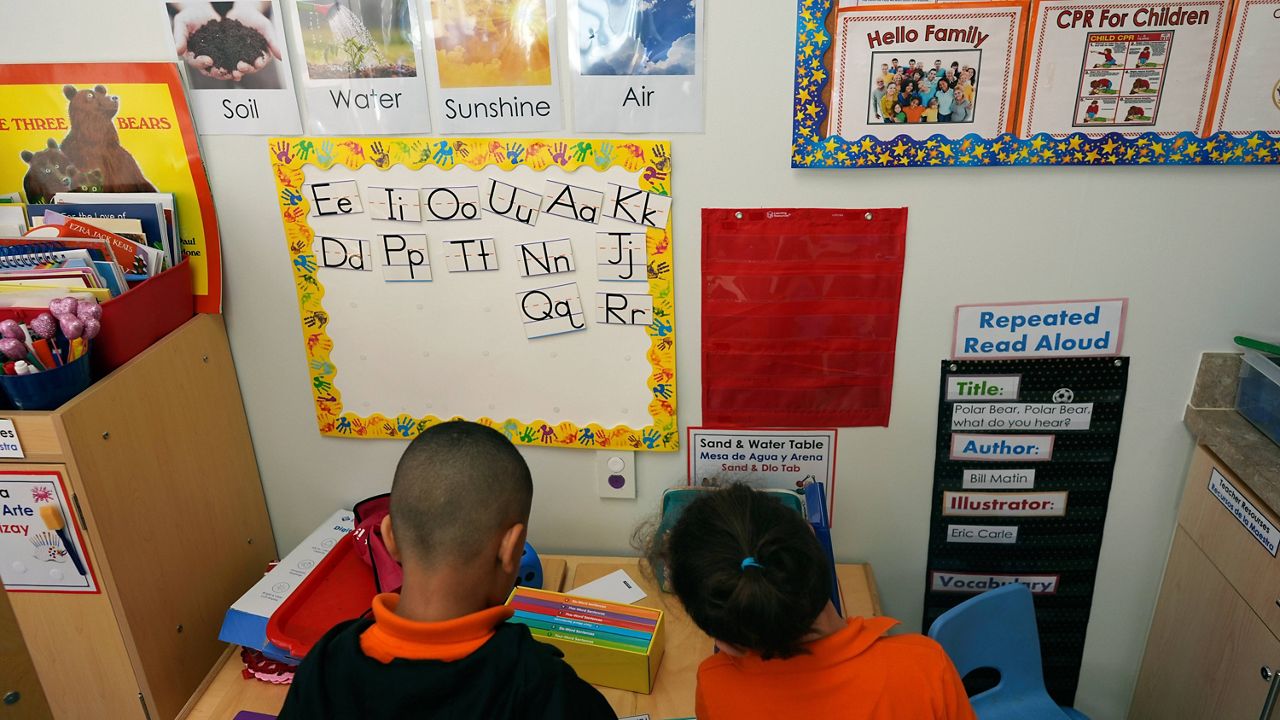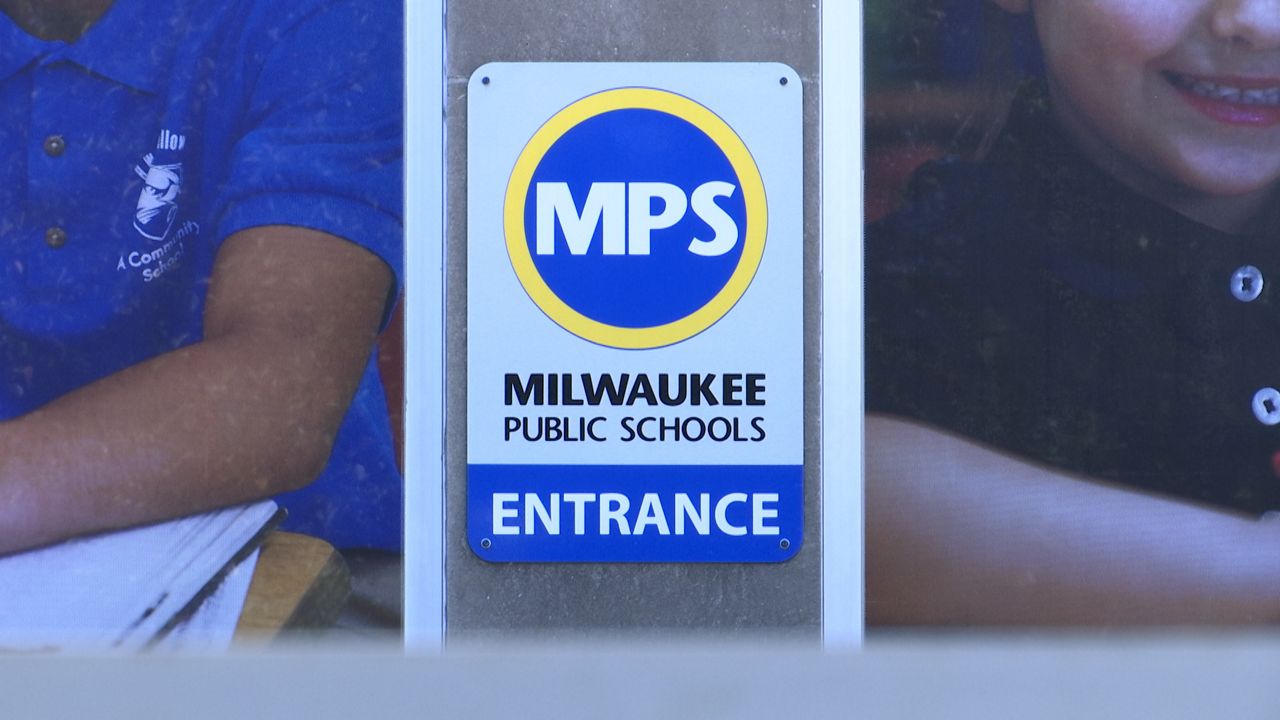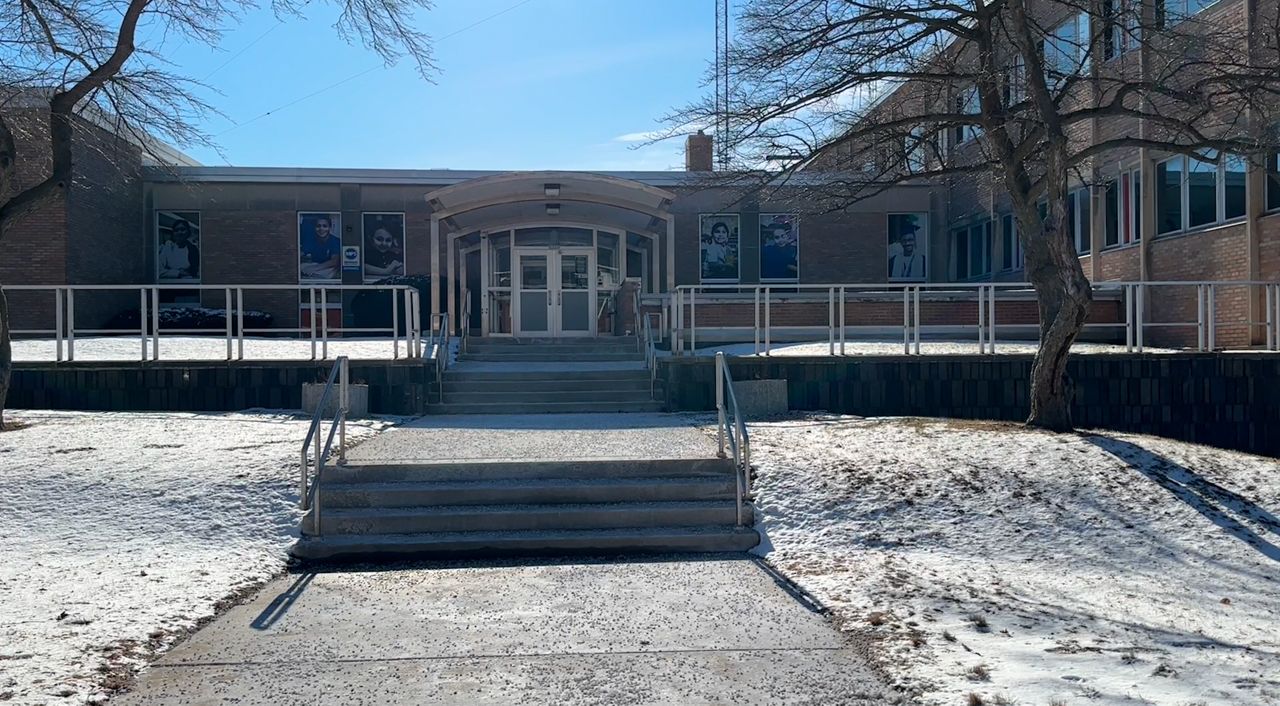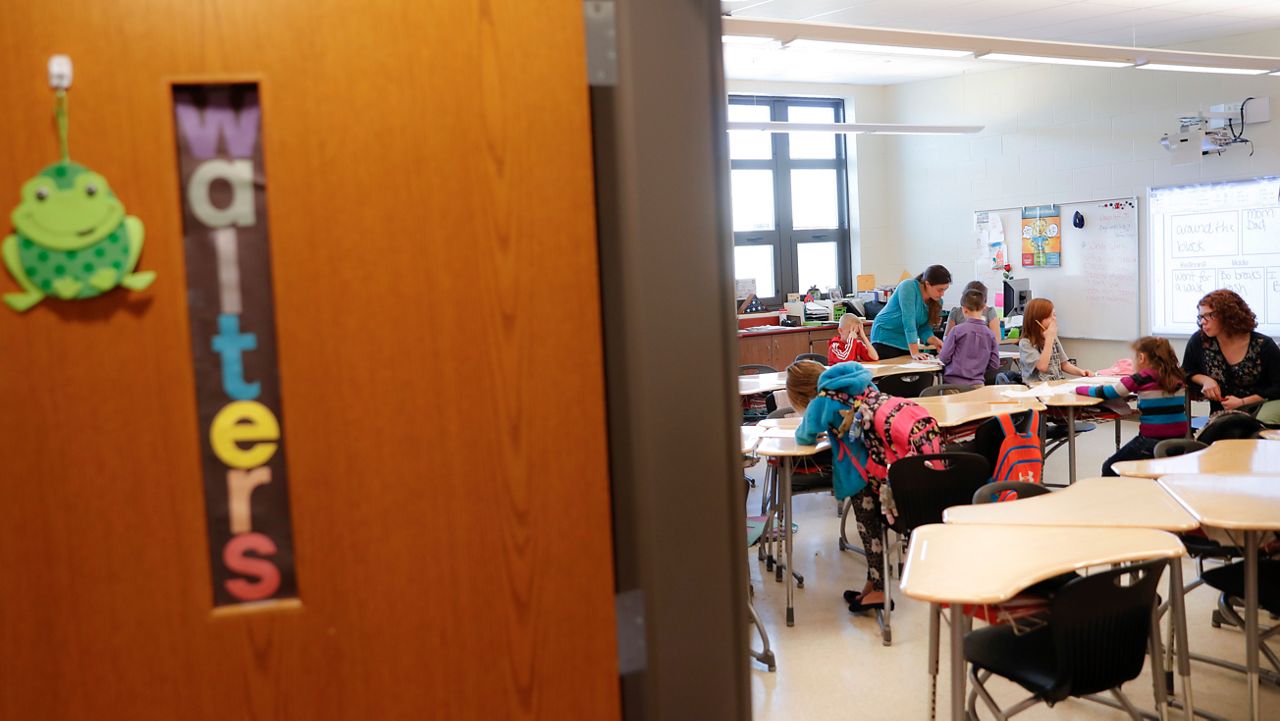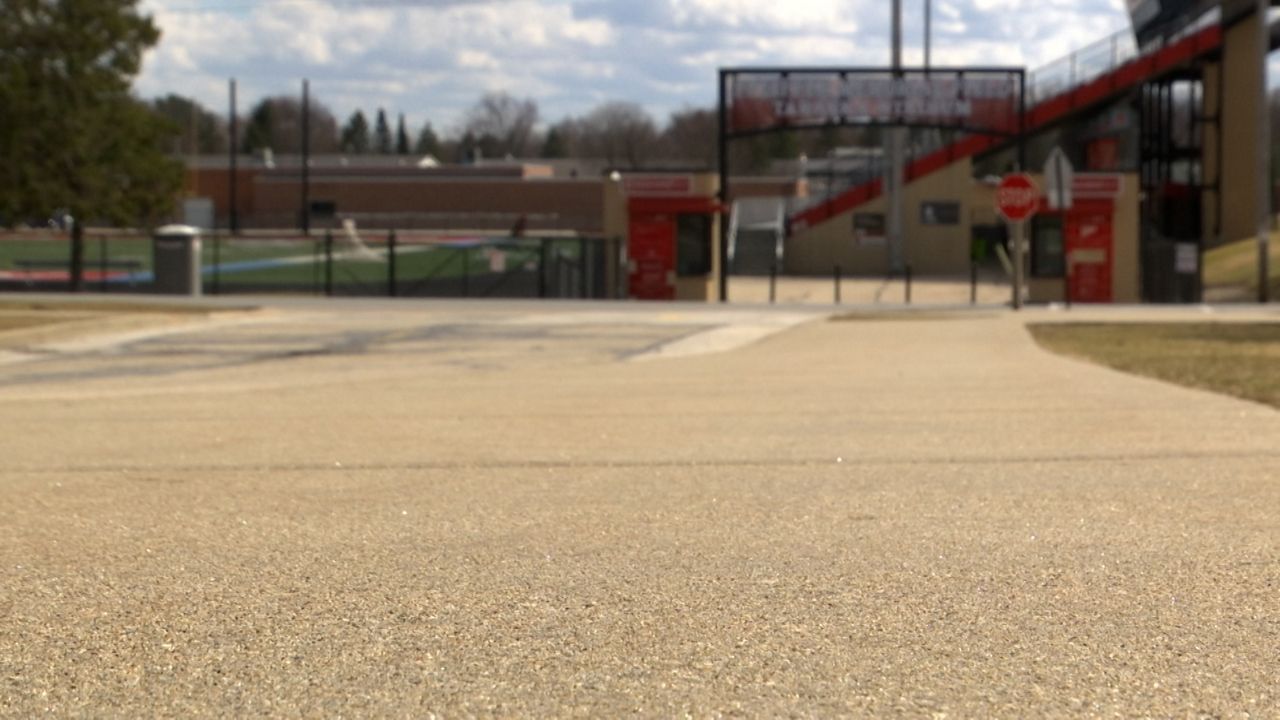MILWAUKEE — Education within the City of Milwaukee continues to score lower than the national average. It has also seen less improvement than other large U.S. cities.
A recent study by the Wisconsin Policy Forum looks at what has worked in Milwaukee’s higher scoring schools, as well as other cities.
The study looked at the Milwaukee Public Schools (MPS) district, which accounts for 54.9% of Milwaukee students, as well as Milwaukee charter and choice schools, which all receive some amount of public funding.
At 30.4%, Milwaukee has one of the highest child poverty rates compared to other large U.S. cities, topped only by Baltimore, Philadelphia, Cleveland and Detroit. Education scores are lower-than-average in these cities.
However, while fourth grade reading scores have increased in Baltimore, Philadelphia and Cleveland since the COVID-19 pandemic, these scores have continued to drop in Milwaukee.
Thee Wisconsin Policy Forum said that while a majority of states weigh some of their funding — so that schools with higher child poverty rates receive additional funding — Wisconsin does not do this.
The study also looked at staffing shortage challenges. While staffing turnover has increased statewide since the COVID-19 pandemic, Milwaukee has continually had higher-than-average turnover since at least 2009.
The study noted that other cities, such as Washington D.C., have worked to combat this by implementing performance-based pay to help retain highly-rated teachers, with additional bonuses for teachers in high-poverty schools. This has kept D.C.’s teacher retention at 93%, and 94% in its high-poverty schools. MPS has no similar program.
Milwaukee has also seen a widening disparity in student outcomes among white, Hispanic and Black students. In 2009, fourth grade reading proficiency was 11% lower for Hispanic students than white students, and 16% lower for Black students.
In 2024, despite reading levels remaining largely consistent for white students, scores are now 18% lower for Hispanic students and 23% lower for Black students.
The Wisconsin Policy Forum identified many of Milwaukee’s schools as “80/80” schools, having both a higher rate of child poverty and racial segregation, with both above 80%. The study found that while a majority of these schools tend to have lower student outcomes, 21 of the 69 schools that exceeded both the city average for achievement and growth were “80/80” schools.
The study interviewed the principles of many of these schools to learn why they were successful, and found that common themes included having a unified mission, high expectations, proactive family engagement, additional funding through fundraising and community partnerships and a higher level of school autonomy.
Funding also remains a concern, with Milwaukee having lower per-pupil funding compared to other cities that have seen more success. In 2022, MPS per pupil funding was $18,668, compared to $19,600 in Chicago Public Schools and $21,629 in D.C. Public Schools. This is also exacerbated by Milwaukee having a shrinking student population, with much of the funding allocated on a per pupil basis.
The study however noted that the impact of recent changes remain unclear, including a $252 million MPS referendum last year and an increase in funding for Milwaukee’s charter and private schools in the 2023-2025 state budget.
Read the full report, here.




